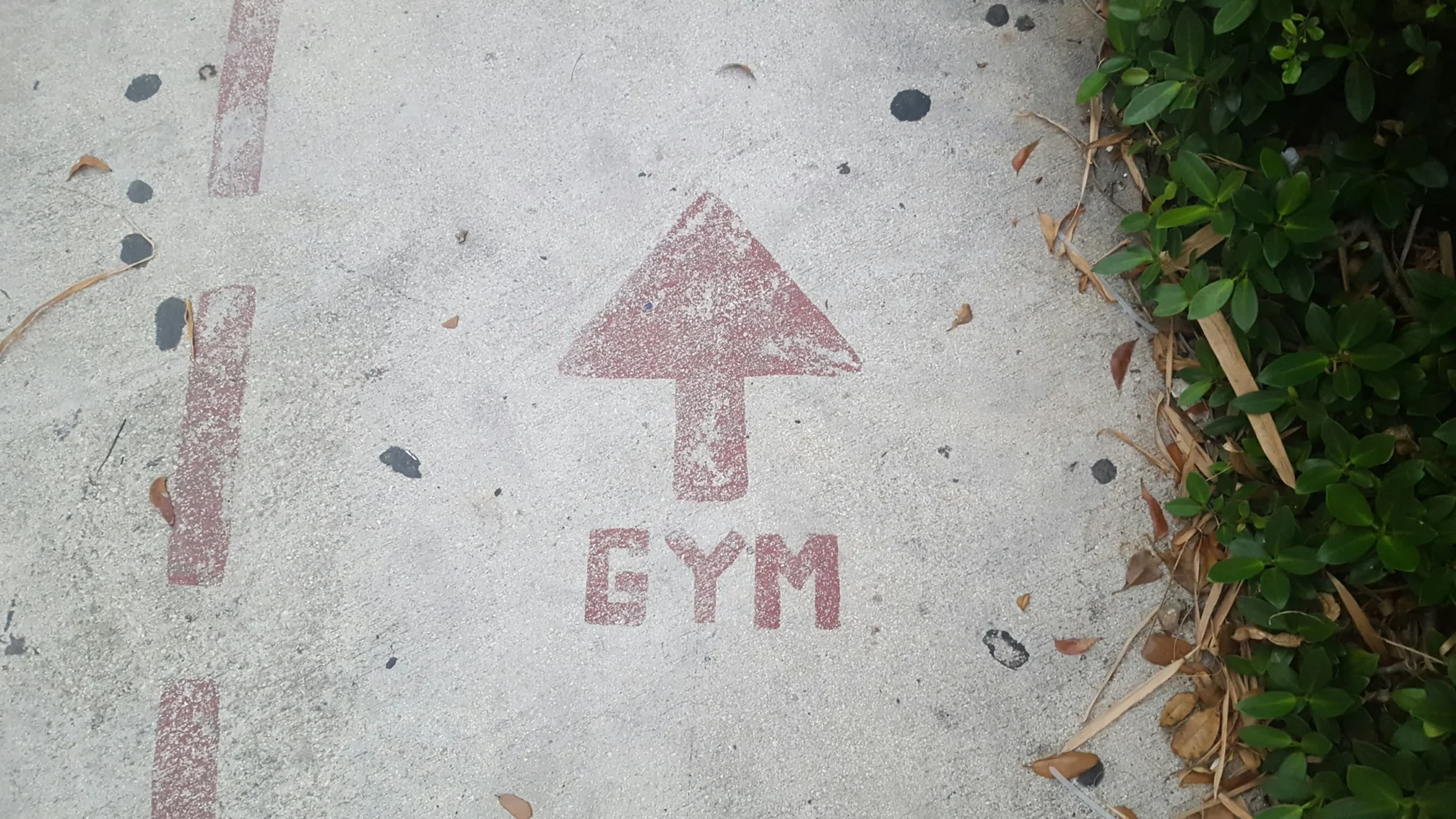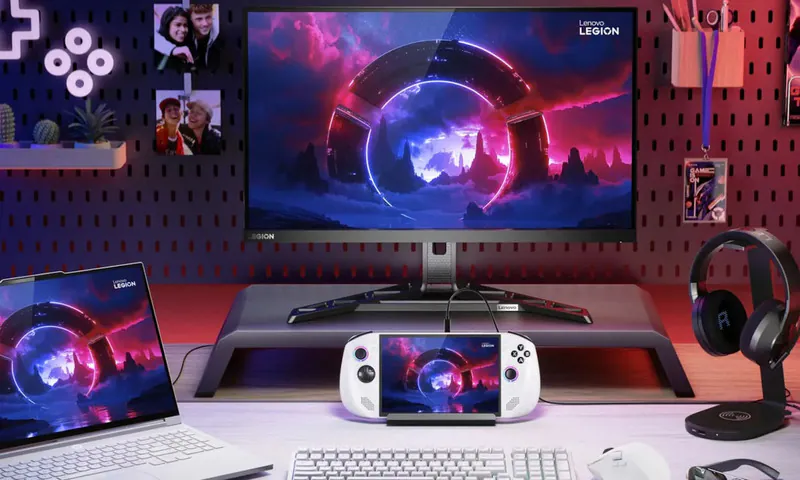Here’s what today’s gym-goers are telling us through their foot traffic, according to new Placer.ai data that could influence pricing, programming and beyond
If it feels like fitness and wellness are having a moment, it’s not just hype.
A new report from Placer.ai, a firm specializing in consumer location analytics, reveals the impressive performance of the gym and health club sector as we hit the mid-point of the year. From evolving member habits to unexpected income patterns, Placer.ai’s insights reveal shifts that could impact everything from membership pricing, peak-hour programming and even floorplan and equipment decisions.
Here’s what the latest data tells us about the state of gyms in 2025:
The Gym Comeback Is in Full Swing
Gym-based fitness is thriving. Visits to fitness chains in Q1 2025 were 15.5% higher than Q1 2019 levels, marking a full rebound from the pandemic slump and then some.
Placer.ai attributes the uptick to several factors, including a desire for social connection, access to professional-grade facilities and a push for greater value as consumers cut back on discretionary spending and lean into their existing gym memberships.
Planet Fitness, a fan-favorite of Gen Z fitness consumers, ended Q1 with approximately 20.6 million members, an increase of about 900,000 from the end of 2024. The fitness giant has been promoting several seasonal deals this year and even opened its doors to non-members to kick back and relax with its HydroMassage chairs to beat tax season stress.
Resolution Season Shows Staying Power
In 2025, the “resolution crowd” is actually sticking around.
Unlike previous years, weekly gym visits in Q1 2025 grew steadily throughout the quarter — suggesting that New Year’s resolution momentum is lasting longer than usual. Despite brief dips during the weeks of January 20 and February 17, likely due to extreme weather, the sector still posted 2.4% year-over-year growth in overall visits.
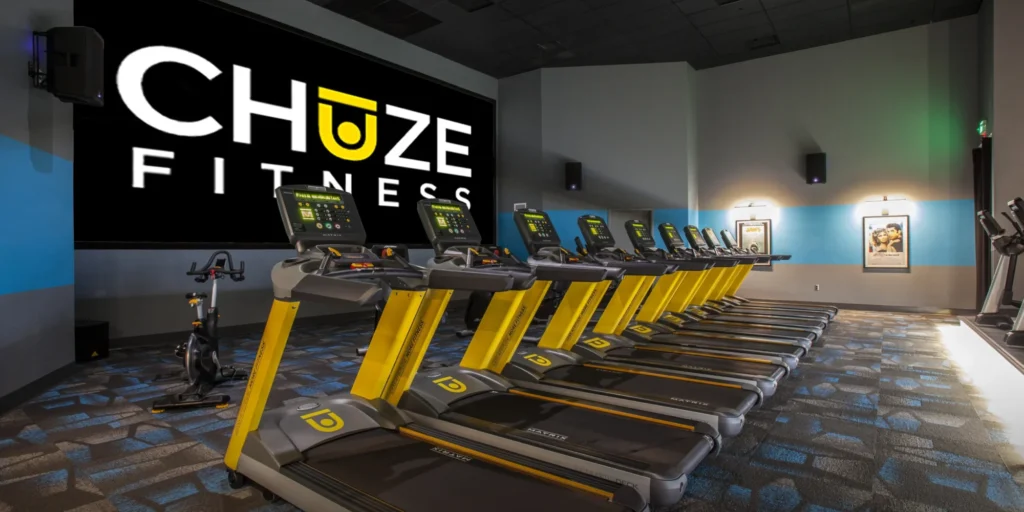
Chuze Fitness, a high-value, low-price (HVLP) operator with locations in seven states, offers group classes and recovery options depending on location. The chain kicked off the year with a free seven-day pass for prospective new members and a campaign that embraced the common excuses members use to avoid hitting the gym — a unique, ‘keep-it-real’ approach that may have paid off. The fitness operator has also retrofitted several its Lift Lab studios, a key card access room outfitted with squat racks, platforms, glute machines and other equipment not typically seen on the main gym floor.
Gym-Goers Are Getting in Their Reps (and Recovery)
Visitor frequency is rising across leading fitness chains. In Q1 2025, more members worked out four or more times per month compared to the same period last year. Notably, it’s a trend held across both premium and budget gyms.

24 Hour Fitness is giving members a reason to linger, responding to consumer demand for recovery and performance tools with the launch of Recovery24 and Premium Fit24. Available at select clubs nationwide, Recovery24 gives members access to Hyperice Normatec compression therapy and Human Touch massage chairs in a spa-inspired setting, while Premium Fit24 offers members fully connected, intelligent training machines with built-in tutorials, personalized progression programs and workout tracking.
Cost Isn’t Dictating Loyalty
As Placer.ai points out, luxury athletic country club operator Life Time and EōS Fitness, a rapidly growing HVLP chain, recorded the highest shares of frequent visitors between January 2024 and March 2025, signaling that convenience, community and amenities may matter more than price when it comes to member loyalty.

The amenity-rich EoS Fitness, which plans to open 28 gyms by year’s end, is continuing to rollout Refresh, a new wellness-focused zone featuring popular recovery therapies like cold plunges, hot tubs and infrared saunas. For its part, Life Time continues to experience increased member engagement, with visits and revenue per membership at new highs. In addition to adding cold plunges at select Life Time locations, the upscale operator has teamed with luxury skincare brand Kiehl’s to add extra self-care panache inside select New York City clubs.
The New Face of Budget Fitness?
Though value-priced gyms are known for their affordability, Placer.ai data shows they’re increasingly attracting above-average income households. In Q1 2025, the median household income of visitors across all gym tiers exceeded the national median of $79.6K, suggesting that lower-income consumers may be ditching gym memberships altogether.
As Placer.ai suggests, the findings indicate that fitness chains at every price point may want to consider being strategic about the value and amenities they offer to keep budget-conscious members engaged.
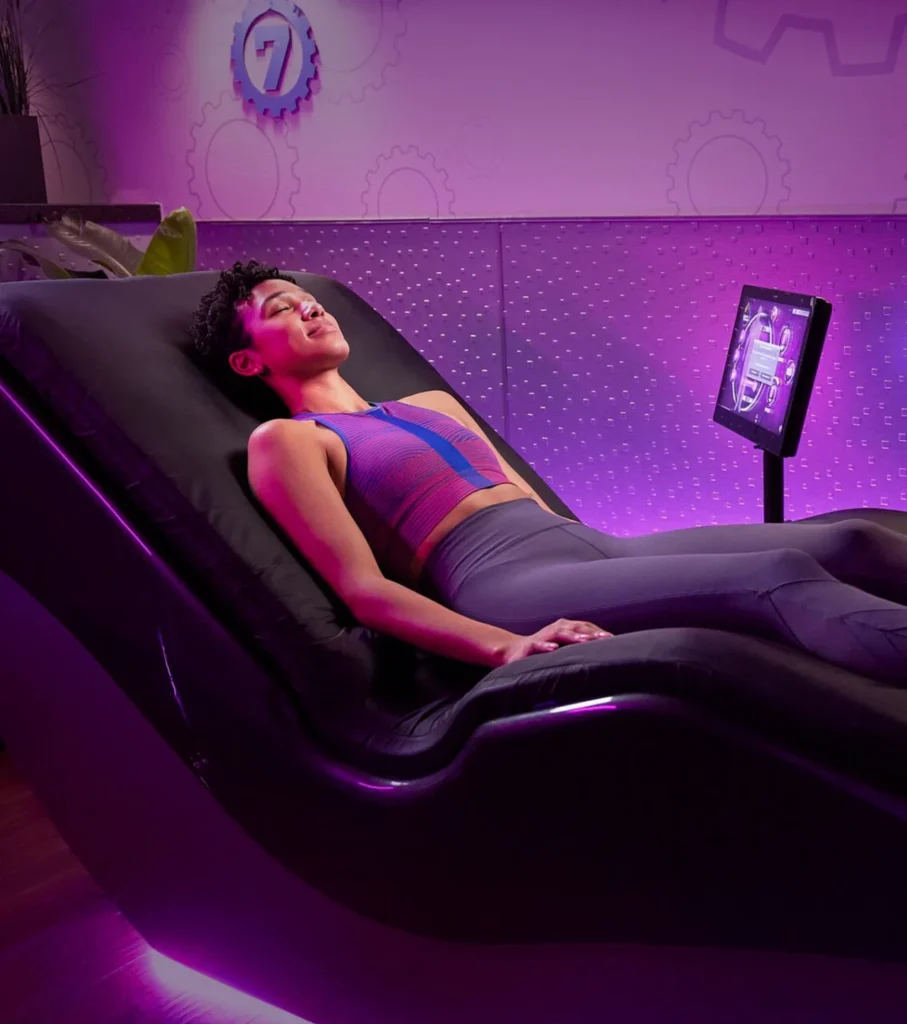
Planet Fitness is expected to make a decision about a potential system-wide Black Card price adjustment following the anniversary of its Classic Card price increase, which took effect last June, bumping the Classic Card cost from $10 to $15 per month for new members.
More Time on the Floor May Mean Rethinking the Flow
The average gym visit length increased across all tiers between Q1 2022 and Q1 2025. Value gyms saw the biggest jump (from 72.4 to 74.0 minutes), possibly because members are trying to get more out of their single membership fee as other costs rise, according to the report.
Mid-range and high-end gyms saw more modest increases in visit length, though the firm notes that their averages were already higher, likely due to a variety of class schedules, spa offerings and other inviting amenities.
Still, as overall gym traffic grows, operators may want to closely monitor how long members are staying. As Placer.ai notes, floorplan and equipment improvements could help ease crowding, while offering trainer support on equipment usage and workout planning may help members make the most of their time and avoid gym floor bottlenecks.
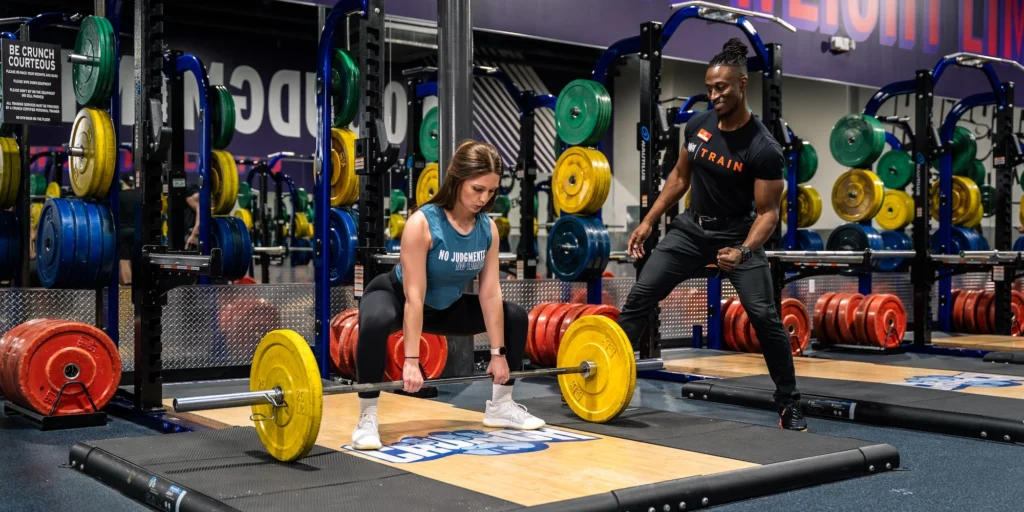
Planet Fitness, which is again offering teens free club access this summer and bulked up its strength training offerings, recently revealed it’s currently experimenting with changes to club layouts. Crunch Fitness, meanwhile, has embarked on a new design template dubbed “Crunch 3.0,” which offers redesigned reception and lobby areas, improved group fitness studios, additional functional training areas with turf, more strength training equipment, a dedicated recovery studio and better personal training space.
Early Risers, Evening Warriors
High-end gyms dominate the 6 to 9 a.m. morning crowd, drawing nearly 20% of their visits during the early window. In contrast, value and mid-range gyms see peak traffic in the 6 to 9 p.m. evening slot, according to the report. For operators, the data offers several opportunities to adjust schedules, add classes, or roll out off-peak perks to spread out the crowd and improve the member experience.
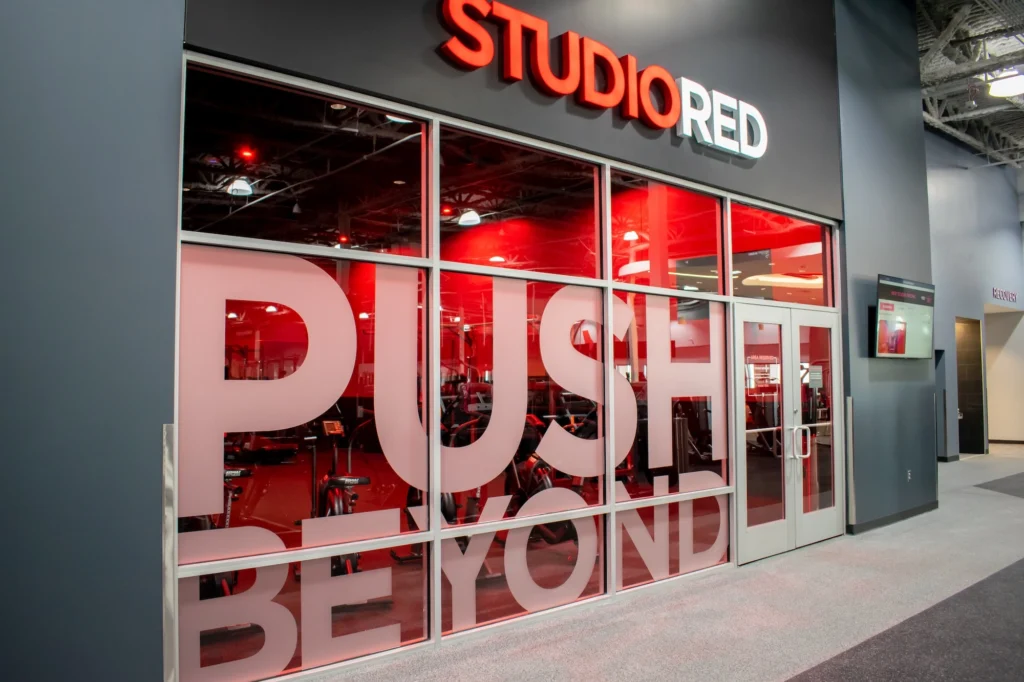
Vasa Fitness, a Colorado-based HVLP gym chain, recently launched Studio, which offers boutique fitness-style group fitness classes. Earlier this year, Vasa added a strength training class, Studio LFT, to its lineup. According to the chain, the investment in a variety of group fitness offerings is meant to deliver a boutique-style experience without the boutique price tag.

